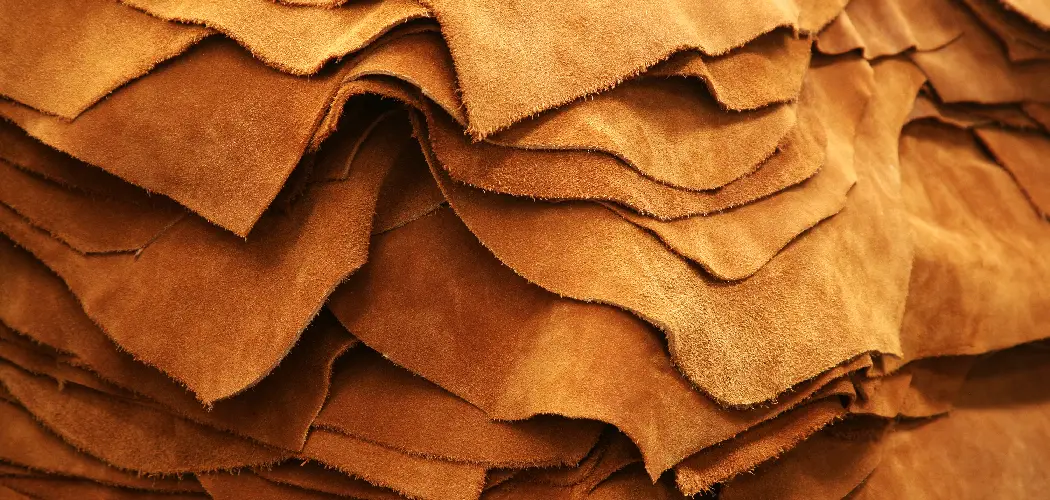Understanding the type of leather you have is essential for proper care and maintenance. With so many leather varieties available, it can be challenging to differentiate between them. However, by learning to identify different leather types, you can make informed decisions about cleaning, conditioning, and repairing your leather goods.
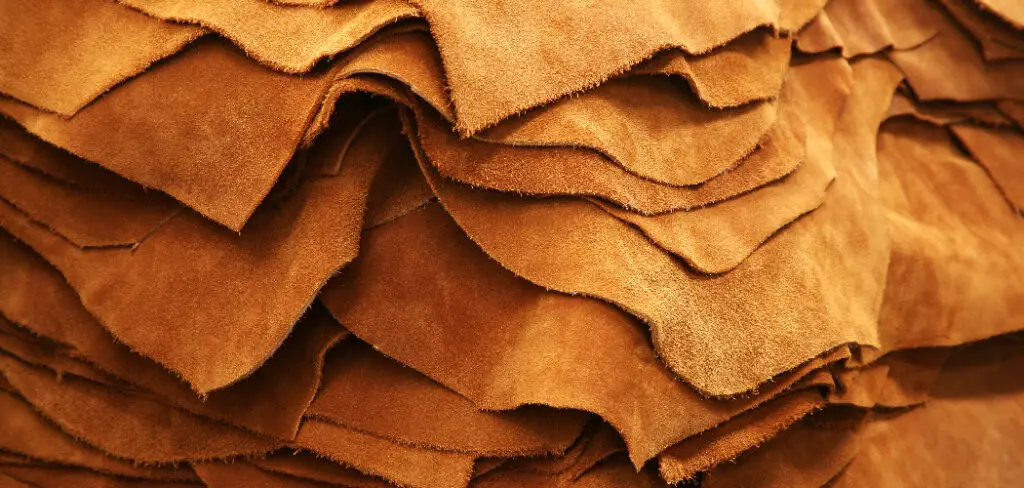
In this article, we will guide you through the process of how to identify leather types, providing you with valuable insights and practical tips. From analyzing the texture and appearance to examining the grain patterns and performing simple tests, we will cover all the essential techniques to help you identify genuine leather, as well as distinguish between various types such as full-grain, top-grain, bonded, and more.
So, if you’re ready to unravel the mysteries of leather identification, let’s delve into the world of leather and become a knowledgeable leather enthusiast.
The Importance of Identifying Leather Types
Knowing how to identify different types of leather is important for a number of reasons. Not only does it help you pick out the best quality hide, but it can also help you invest in pieces that are more durable and long-lasting.
Different types of leather vary greatly in terms of strength, durability, and texture. Identifying leather types can save you from investing in an item that won’t last as long as it should or will require extra care to maintain its look over time.
Leather type identification is also important for buying ethically sourced products. If a product’s label doesn’t provide enough information about where the leather came from, learning how to recognize different types of hides can help you make sure you’re not buying something that was produced inhumanely.
Finally, identifying leather types can help you choose the best pieces to match your lifestyle. Different leathers have different levels of water and stain resistance, so you can make sure you’re buying a piece that can handle your everyday needs.
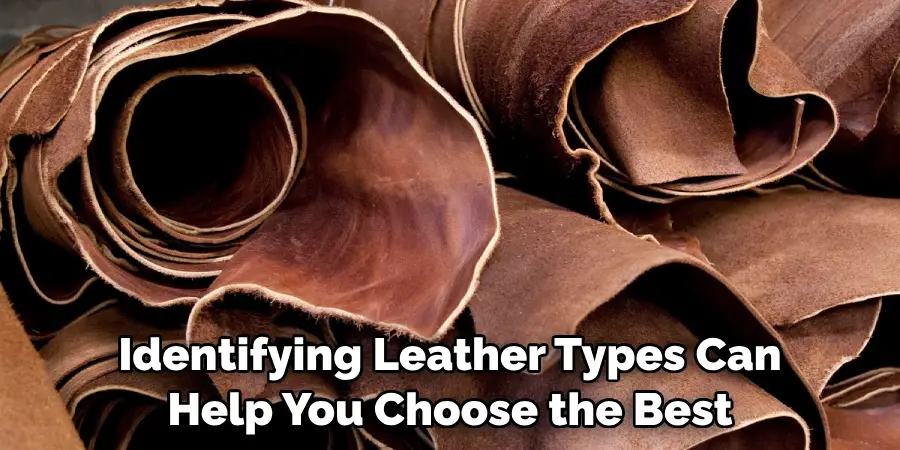
What Is A and P Type Leather?
A and P type leather are two of the most common types of leather available. A-type leather is generally considered to be the highest quality due to its strength and durability. It is usually made from calfskin or lamb skin, which gives it a soft and luxurious feel. The top grain layer has been sanded off, leaving the natural grain pattern still intact. A-Type leather is usually used for upholstery, clothing, and luxury items such as handbags and wallets.
P-type leather, on the other hand, is made from split hides or lower-quality animal hides. It typically has a smooth finish with no natural grain pattern visible. P-type leather is often used for shoes, briefcases, and other items that require a more rugged look. While it is not as durable as A-type leather, P-type leather can still be an attractive and affordable choice.
Both types of leather are highly versatile and come in a variety of colors, patterns, and finishes to suit any taste. With proper care, they can last for many years. To ensure the best results, it is important to invest in quality leather care products and monitor the condition of your leather items regularly. Thanks to their natural beauty and durability, both A and P-type leather make a great choice for fashion accessories and other uses.
Benefits of Understanding Leather Characteristics
Understanding the characteristics of different types of leather can help you make an informed decision when buying a product. Leather is a natural material that comes in a variety of textures, thicknesses, and colors. By understanding the different types of leather and their characteristics, you can find the perfect piece for your needs.
Leather is strong, durable, and incredibly versatile. It is often used to make furniture, bags, wallets, shoes, accessories, and clothing items. Leather offers water-resistant and stain-resistant properties, making it ideal for items you want to have long-term use. Leather also has a naturally beautiful look that can add a touch of elegance to any product.
Leather is also known for its breathability. It helps keep feet cool in the summer months and warm in winter. This makes leather an excellent choice for shoes and clothing items.
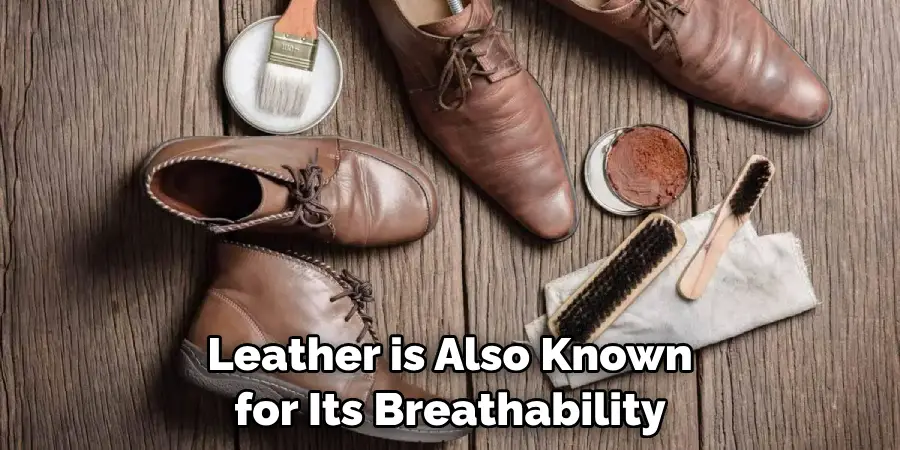
10 Methods How to Identify Leather Types
Method 1: Visual Inspection
Begin by visually inspecting the leather’s texture, grain patterns, and overall appearance. Genuine leather exhibits unique natural characteristics such as wrinkles, pores, and variations in color. Full-grain leather, for example, retains its natural grain and imperfections, while top-grain leather is smoother with a more uniform appearance.
Next, rub your finger along the leather and check for suppleness. Genuine leather will be soft and flexible while faux-leather will feel stiff and unyielding. Also, observe how the leather responds to liquids. Real leather should absorb water without becoming damaged while faux-leather will repel water.
Method 2: Touch and Feel
Gently touch and feel the leather to assess its texture and suppleness. Genuine leather feels soft and pliable, and its temperature quickly adjusts to your body heat. Synthetic or faux leather often feels cold, smooth, and less flexible. However, this does not always indicate that the material is not genuine leather. Some leathers are treated to be stiffer with a smooth texture.
Method 3: Smell Test
Leather has a distinct, pleasant aroma that is absent in synthetic materials. Sniff the leather item to determine if it has the characteristic smell of genuine leather. Faux leather will have little to no smell.
If the item smells heavily of chemicals, it is probably not real leather and is more likely a synthetic material. Be aware that some leathers, such as nubuck and suede, are treated with special chemicals to give them their texture and sometimes the smell can be masked or altered.
Method 4: Leather Grain Examination
Examine the leather’s grain pattern to gain insights into its type. Full-grain leather displays a natural, unaltered grain, while top-grain leather has a more uniform surface due to sanding or buffing. Corrected-grain leather may feature an artificial grain pattern applied during the manufacturing process.
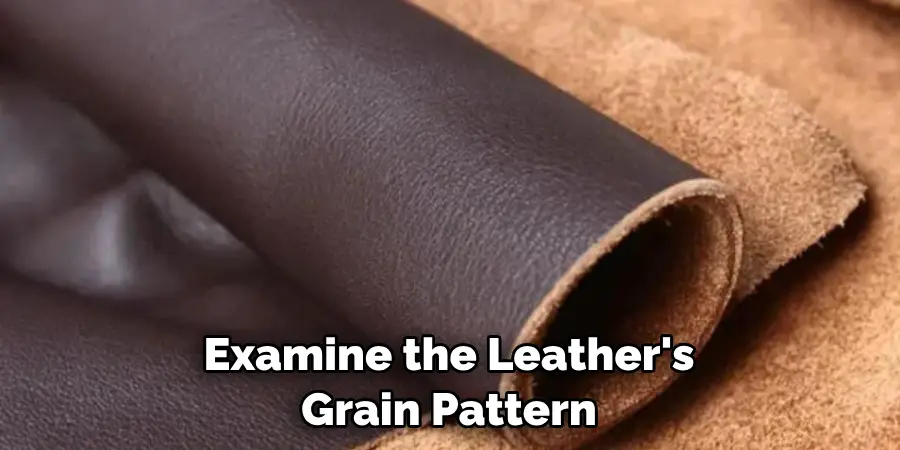
Method 5: Water Absorption Test
Perform a water absorption test by placing a few drops of water on an inconspicuous area of the leather. Genuine leather will absorb water slowly without leaving a trace. Synthetic leather or coated leather will repel the water. If the water beads up or pools on the surface, it is unlikely to be genuine leather. Use a soft cloth to wipe away any excess water and wait for the leather to dry before concluding your test.
Method 6: Fire Test
Use caution when performing a fire test. Hold a small section of the leather over a flame for a few seconds. Genuine leather will resist burning, emit a distinct odor, and leave behind a charred residue. Synthetic leather will melt, emit a plastic-like smell, and leave no residue.
Method 7: Leather Label Examination
Check for any labels or tags that provide information about the leather type. Manufacturers often label their products with terms like “genuine leather,” “top-grain,” or “bonded leather.” However, note that labels can sometimes be misleading or inaccurate. Additionally, some leather products may not have any labels at all. If in doubt, it is best to verify the type with a professional or qualified individual.
Method 8: Natural Markings
Observe any natural markings on the leather, such as scars, insect bites, or stretch marks. Full-grain leather retains these imperfections, showcasing its authenticity and uniqueness. Such leather is also more durable and has a stronger, more breathable surface. On the other hand, corrected-grain leather has been buffed and sanded to hide natural blemishes, giving the leather a smooth finish.
Method 9: Softness and Flexibility
Assess the leather’s softness and flexibility. Genuine leather will have a natural softness and the ability to flex without cracking or breaking. Synthetic leather may feel stiffer and lack the same level of flexibility. In addition, you should be able to bend the leather without hearing any strange creaking noises.

Method 10: Professional Consultation
When in doubt, seek advice from a leather expert or professional. Leather artisans or retailers with specialized knowledge can help identify leather types based on their experience and expertise. Additionally, they can provide tips for proper care and advice on the best ways to protect and maintain leather items. They may also be able to offer suggestions on the best type of leather for specific projects or applications.
Conclusion
In conclusion, identifying leather types can be an important factor in fulfilling your style needs. It is necessary to understand basic leather types and make sure to look for good quality. With the right research and knowledge, you can make a smart purchase decision that will last longer.
Whether you decide to go for full-grain leather, genuine leather or just get a faux-leather item, we believe that once you’ve fully understood the different types of leather available in the market, you’ll be able to choose the best option for yourself.
The main thing that matters is that the product should satisfy both your aesthetic and practical needs while also providing durability over time. Hopefully, this article gave you some helpful tips about how to identify leather types successfully, so now that you have the proper knowledge on how to get the job done, why not give it a try today?

